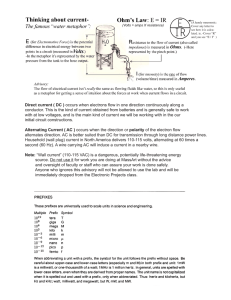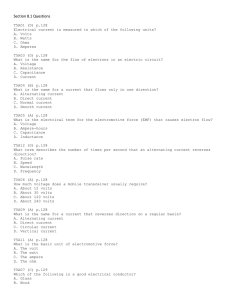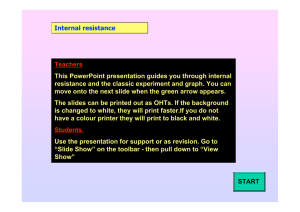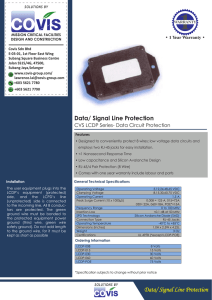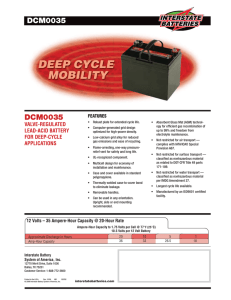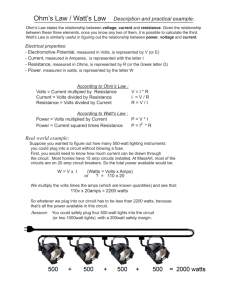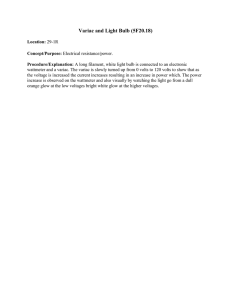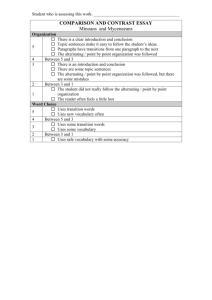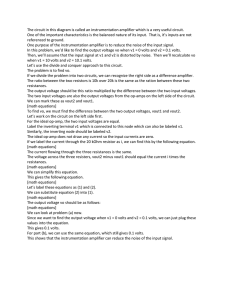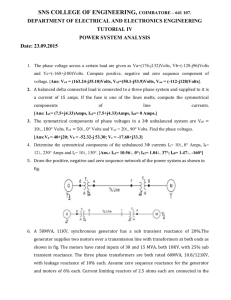Direct Current Versus Alternating Current
advertisement
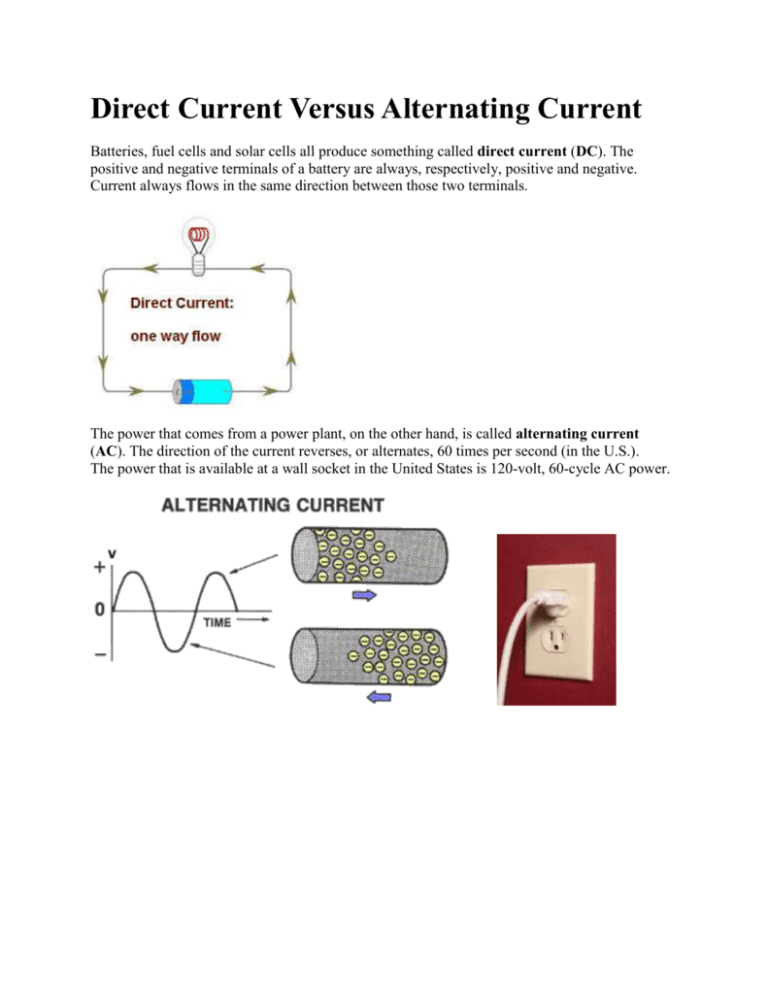
Direct Current Versus Alternating Current Batteries, fuel cells and solar cells all produce something called direct current (DC). The positive and negative terminals of a battery are always, respectively, positive and negative. Current always flows in the same direction between those two terminals. The power that comes from a power plant, on the other hand, is called alternating current (AC). The direction of the current reverses, or alternates, 60 times per second (in the U.S.). The power that is available at a wall socket in the United States is 120-volt, 60-cycle AC power. The big advantage that alternating current provides for the power grid is the fact that it is relatively easy to change the voltage of the power, using a device called a transformer. Power companies save a great deal of money this way, using very high voltages to transmit power over long distances. How does this work? Well, let's say that you have a power plant that can produce 1 million watts of power. One way to transmit that power would be to send 1 million amps at 1 volt. Another way to transmit it would be to send 1 amp at 1 million volts. Sending 1 amp requires only a thin wire, and not much of the power is lost to heat during transmission. Sending 1 million amps would require a huge wire. So power companies convert alternating current to very high voltages for transmission (such as 1 million volts), then drop it back down to lower voltages for distribution (such as 1,000 volts), and finally down to 120 volts inside the house for safety. As you might imagine, it's a lot harder to kill someone with 120 volts than with 1 million volts.
